Any Faucet, Our Activator.
Tapmaster® intuitive knee & foot activators convert any faucet to touchless operation without power. SHOP NOW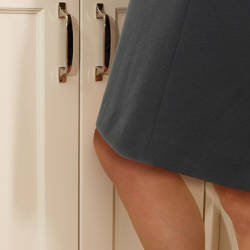
Knee Activated
Tap water flows with a gentle cabinet bump.
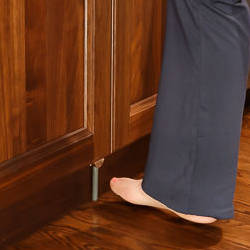
Foot Activated
Unleash water with a simple tap of your toes.
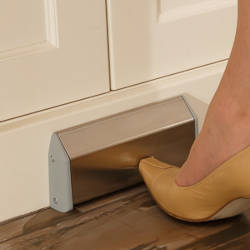
Toe-Kick Activated
Let water run with a delicate press of your feet.
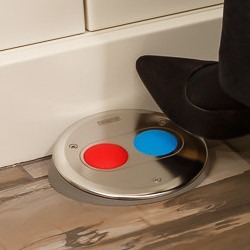
In Floor Activated
Step with your feet to start a stream of water.

DIY Friendly
Basic tools and easy installation
by any plumber or handy
person.
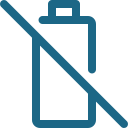
Cut the Cord
No batteries, no sensors, no electronics. Tapmaster provides simple low maintenance operation

Built To Last
Best in industry.
10-year Warranty.
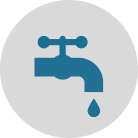
How Tapmaster Works
What our customers say.
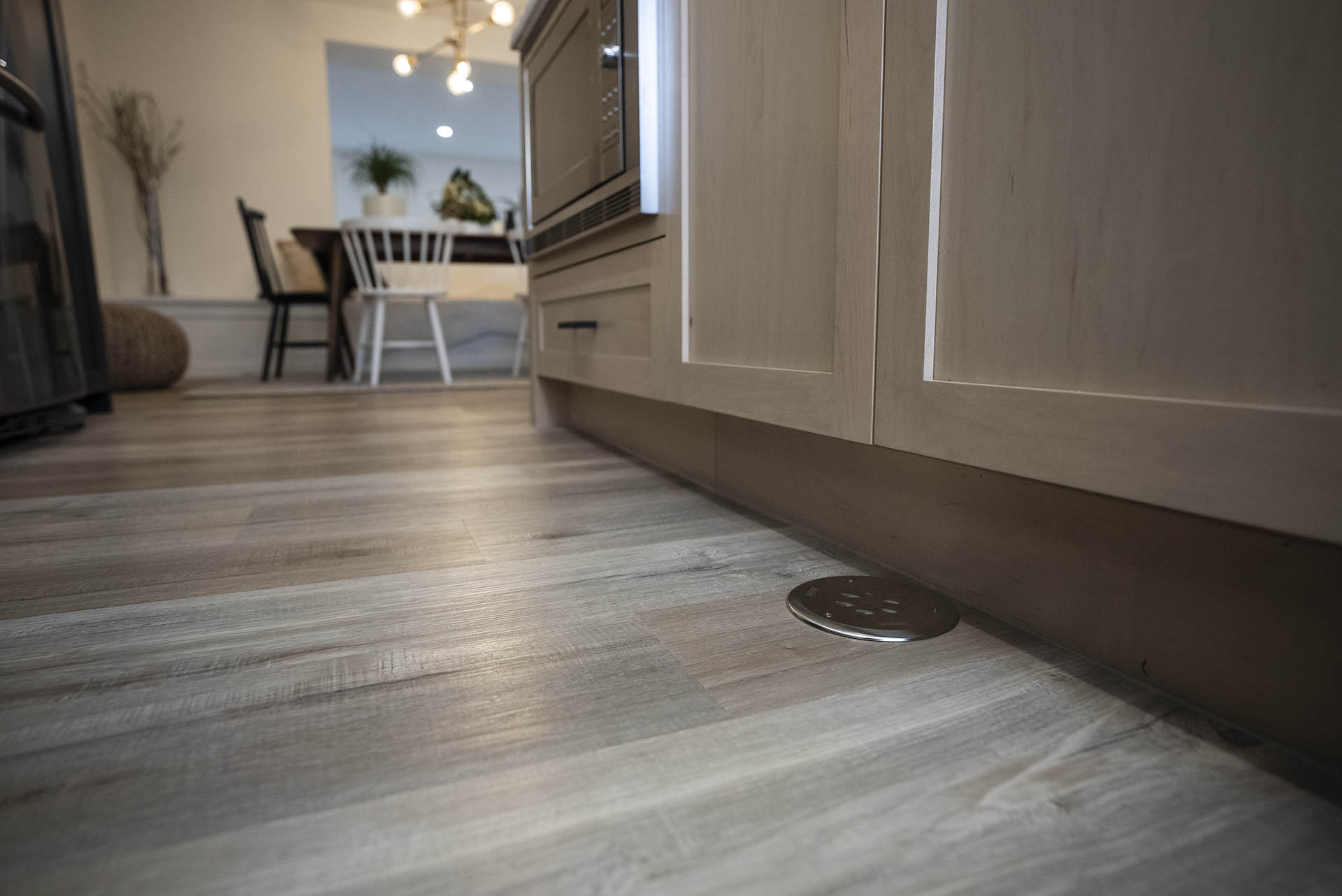
⭐ ⭐ ⭐ ⭐ ⭐
The very best feature in our new kitchen is our TAPMASTER—everyone who sees it wants one. We originally bought it to save water, but we really love it for the convenience. It’s much faster & easier to wash dishes, prepare food, fill glasses & so many other tasks. No germs or mess either – our faucet always shines. The product is a winner!
Susan G
Columbus, OH
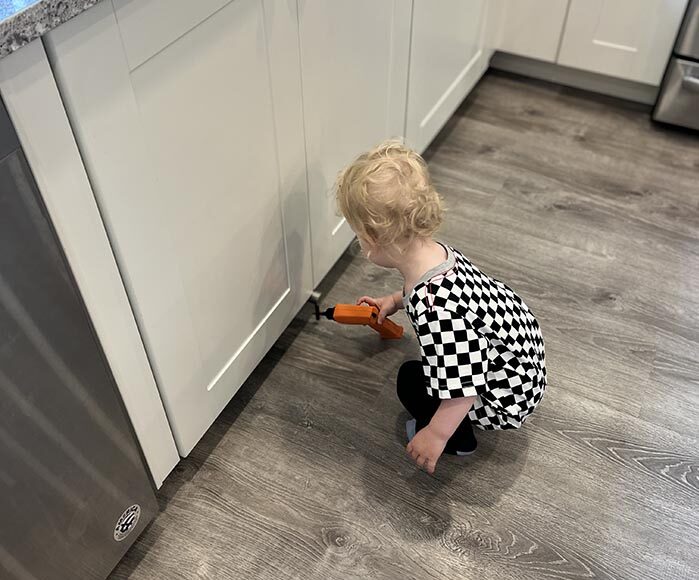
⭐ ⭐ ⭐ ⭐ ⭐
To the folks at Tapmaster. Thanks for such speedy service! It’s a great product! My plumber was fascinated by it.
Lorraine S
Woodland Hills, CA
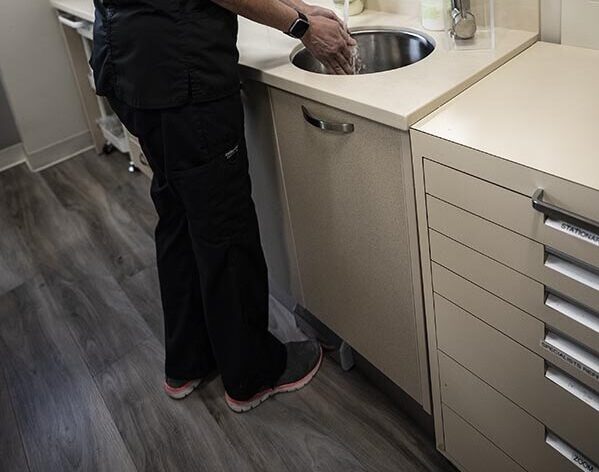
⭐ ⭐ ⭐ ⭐ ⭐
I am very impressed with Tapmaster……over the week-end I installed 5 in a Dentist office….When I first saw them I thought, no way, but not only do they work very, very well, the obvious quality construction insured me of no callbacks for a long time if ever…..
35 years as a plumber & I can without hesitation recommend Tapmaster to anyone.
Michael
Traverse City, MI
